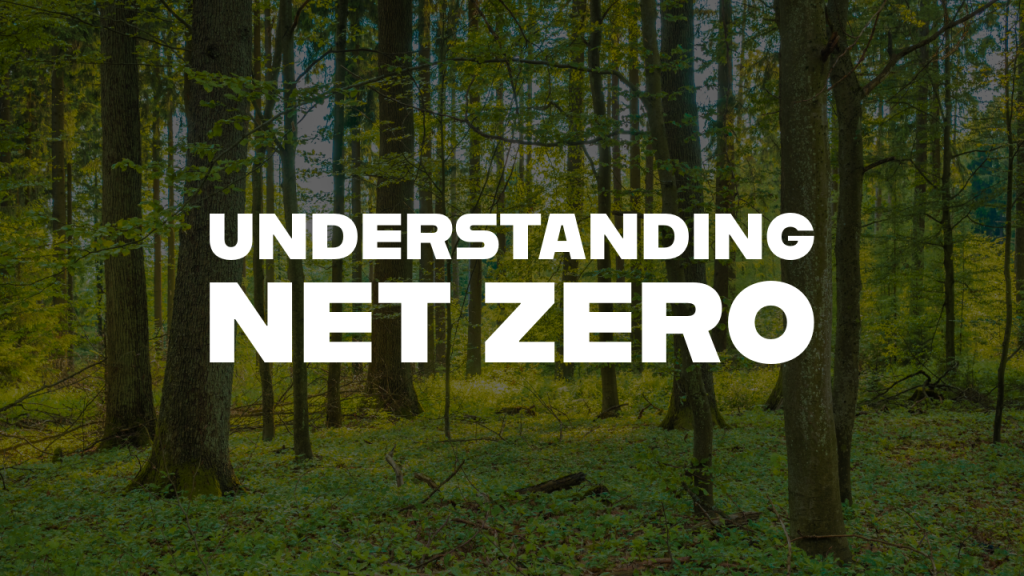As the world grapples with the effects of climate change, the concept of “Net Zero” has become a central goal for governments, businesses, and individuals alike. But what exactly does Net Zero mean, and why is it so crucial to our planet’s future? In this blog post, we’ll explore the concept of Net Zero, its importance, and how we can all contribute to achieving it.
What is Net Zero?
Net Zero refers to the balance between the amount of greenhouse gases produced and the amount removed from the atmosphere. In other words, achieving Net Zero means that any carbon emissions generated by human activities are offset by actions that absorb an equivalent amount of carbon from the atmosphere, such as planting trees or using carbon capture technologies.
The goal of Net Zero is to halt the rise in global temperatures by reducing the overall concentration of greenhouse gases in the atmosphere. This is essential in preventing the most severe impacts of climate change, such as extreme weather events, rising sea levels, and loss of biodiversity.
Why is Net Zero Important?
The science is clear: to avoid catastrophic climate change, we must limit global warming to 1.5°C above pre-industrial levels. Achieving Net Zero by the middle of this century is critical to meeting this target. Failure to do so could result in irreversible damage to ecosystems, economies, and communities worldwide.
Net Zero is not just a global or governmental goal—it’s a responsibility shared by everyone. Every action we take, from the energy we use to the products we buy, has an impact on our carbon footprint. By working together to reduce emissions and support carbon-neutral practices, we can help protect the planet for future generations.
How Can We Contribute to Net Zero?
Reduce Energy Consumption
One of the most effective ways to lower your carbon footprint is by reducing energy use. Simple actions like turning off lights when not in use, using energy-efficient appliances, and insulating your home can make a significant difference.Support Renewable Energy
Transitioning to renewable energy sources such as solar, wind, and hydropower is essential for achieving Net Zero. Consider switching to a green energy provider or installing solar panels on your property.Choose Sustainable Products
The products we buy and use contribute to our carbon footprint. Opt for products that are sustainably sourced, have a low environmental impact, and are designed to last. Supporting businesses that prioritize sustainability, like PreOwned Clearance, helps promote a circular economy.Minimize Waste
Reducing, reusing, and recycling are key components of waste minimization. By cutting down on single-use plastics, composting organic waste, and donating or repurposing items instead of throwing them away, you can help reduce landfill waste and lower emissions.Offset Your Carbon Footprint
While reducing emissions is the priority, it’s also possible to offset your remaining carbon footprint by supporting projects that capture or reduce carbon, such as reforestation or renewable energy projects.Advocate for Change
Encourage your community, workplace, and local government to take action towards Net Zero. Advocacy can lead to larger systemic changes that make a bigger impact.
PreOwned Clearance and Net Zero
At PreOwned Clearance, we’re proud to contribute to the Net Zero movement by offering recycled products that extend the life of valuable resources. Every item we resell is one less new product that needs to be manufactured, reducing overall carbon emissions. By choosing second-hand and supporting sustainable practices, you’re helping us move closer to a Net Zero future.
The Path Forward
Achieving Net Zero is a collective effort that requires action from all sectors of society. While the challenge is immense, the solutions are within our reach. By making conscious choices in our daily lives and supporting businesses committed to sustainability, we can all play a part in building a healthier, more sustainable world.
Let’s work together to reach Net Zero and create a future where both people and the planet can thrive.

